Coco Talanoa — Pacific Blog / Page 1

Two Pasifika Queens Light Up Miss France 2026
Hinaupoko Devèze of Tahiti takes the crown, with Julie Collet of Kanaky (New Caledonia) as first runner-up — a double win for the Moana.
The Pacific is celebrating this week as two young Polynesian women stepped into the global spotlight at the Miss France 2026 pageant — and walked away with the top two titles.
On Saturday (local time in France), 23-year-old Hinaupoko Devèze, Miss Tahiti 2025, was crowned Miss France 2026 in Amiens. Standing right beside her in the final results was another daughter of the Moana — Julie Collet, Miss New Caledonia 2025, named first runner-up.
For many across the Pacific, this felt like more than a pageant result, it felt like a moment of collective pride — a celebration of Pacific beauty, culture, and identity shining on a European national stage.
Hinaupoko Devèze, a psychology graduate with roots in the Marquesan island of Ua Pou, carried the mana of her tūpuna with her as she stood before millions of viewers.…more

THE YOUNG ISLANDER’S GUIDE TO FIJI (BALLIN’ ON A BUDGET)
By Jane Vavaitamana
If you’re an Islander heading to Fiji for the first time, get ready for a warm welcome! This guide is for young Islanders looking to enjoy Fiji without breaking the bank.
SLEEPING IN SUVA: OPTIONS GALORE!
Most start in Suva, where stays range from rainforest retreats like Colo-i-Suva Rainforest Eco Resort to city spots like Tanoa Plaza, perfect for walking around. If nightlife is your scene, close enough to hear the random “HOIIYYAAHH” at 2am, but still far enough to avoid the street chaos after the clubs close.
NADI: A BUDGET-FRIENDLY HAVEN!
In Nadi, Smugglers Cove will forever be a spot for kava and entertainment, while Sailors offers stunning beachfront views that are always Instagram worthy. If you need to be close to the airport, Tokatoka or Raffles Nadi are convenient options that will have you never missing a flight, unless you’re really talented.
FEASTING LIKE ROYALTY ON A BUDGET!
Fiji’s food scene is a budget-friendly delight.…more

Arts Pasifika Awards 2025: Celebrating Pacific Creativity Across Generations
The Arts Pasifika Awards 2025 honoured a dynamic lineup of Pasifika artists, recognising excellence across theatre, music, visual arts, and community leadership.
Each recipient embodies the spirit of Pacific creativity, storytelling, and cultural pride.
-
Senior Pacific Artist Award — Anapela Polataivao ONZM
A proud Samoan from Manurewa, Anapela Polataivao is an award-winning director and actress known for Wild Dogs Under My Skirt, The Savage Coloniser Show, and Red, White and Brass. A Toi Whakaari graduate and founding member of Kila Kokonut Krew, she was appointed an ONZM in 2023 for her contribution to Pacific arts.…more
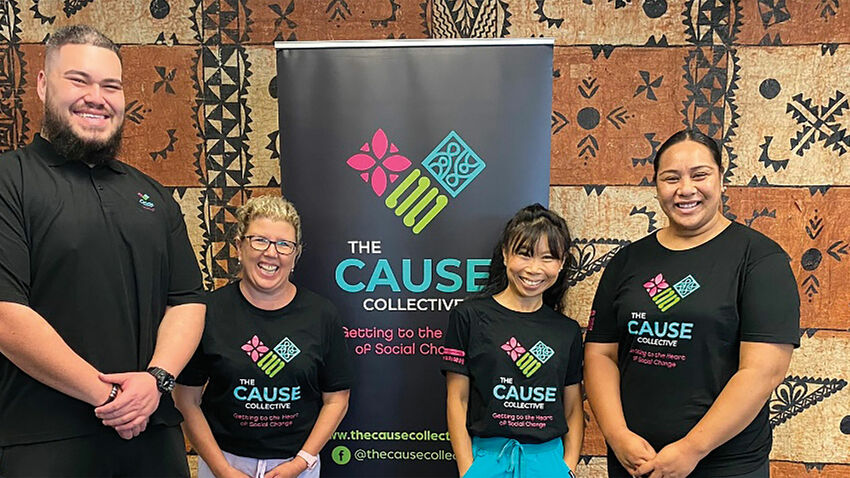
‘ManaVā’ Fund Launches To Support Pasifika Youth From South Auckland
Community groups or individuals passionate about youth mental wellbeing in South Auckland are invited to apply for the inaugural ManaVā fund, which was co-designed by young people themselves.
In partnership with philanthropic funder Foundation North, a panel of five rangatahi will distribute grants to grassroots projects that support Pasifika youth health and wellbeing. This youth advisory panel includes Whenua Manukau, Nafeesah Mustafa, Madison Leilua, Riria Makara and Caleb Singh – all leaders of The Cause Collective’s Do Good Feel Good initiative, which fosters youth-led social change across South Auckland.
“ManaVā allows young people to be the change they want to see in the world,” Singh says.
“Our panel know the next generation is ready to take the baton, carrying on the work of those before us. No idea is too big or too small, so as long as the passion is there to do good by our families and villages, please do apply.”
Over several months, the ManaVā panel met to decide the fund’s purpose, objectives and assessment criteria.…more
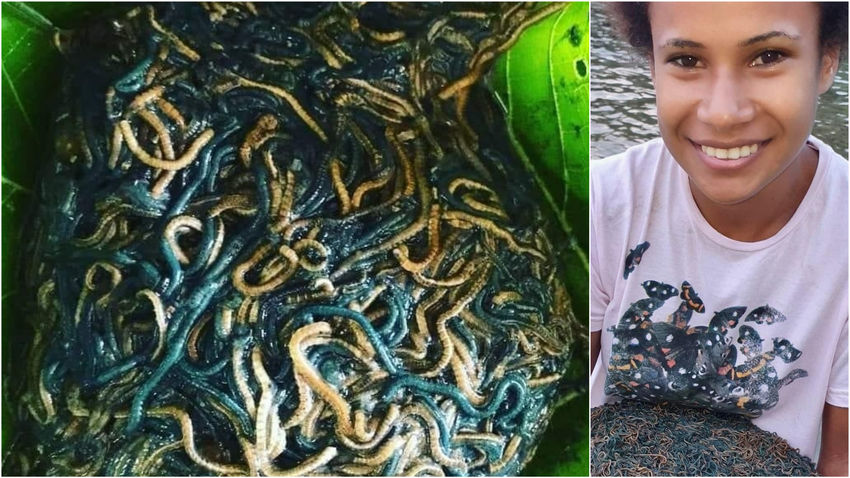
Moonlight Harvest - Where to Catch Palolo in Samoa This Season
Palolo Rising! Islanders around the Moana are beginning the chase for the elusive palolo worm - here are the predicted best spots in Samoa according to the Ministry of agriculture:
Samoa’s treasured coastal delicacy, the Palolo worm (Eunice viridis), is about to make its annual appearance, a natural phenomenon that has fascinated generations of Samoans and visitors alike. The Palolo, harvested only twice a year, emerges mysteriously from the reef during the months of October and November, providing not just food, but also cultural celebration for families and communities.
What makes the Palolo even more remarkable is its timing. The worm’s rising is closely linked to the lunar cycle and ocean tides. Scientific studies have confirmed what Samoans have long known – Palolo emerges seven days after the full moon, during the third quarter of the moon, when midnight high tides shift to low tide at daybreak. These conditions create the perfect window for Palolo to rise to the surface.…more
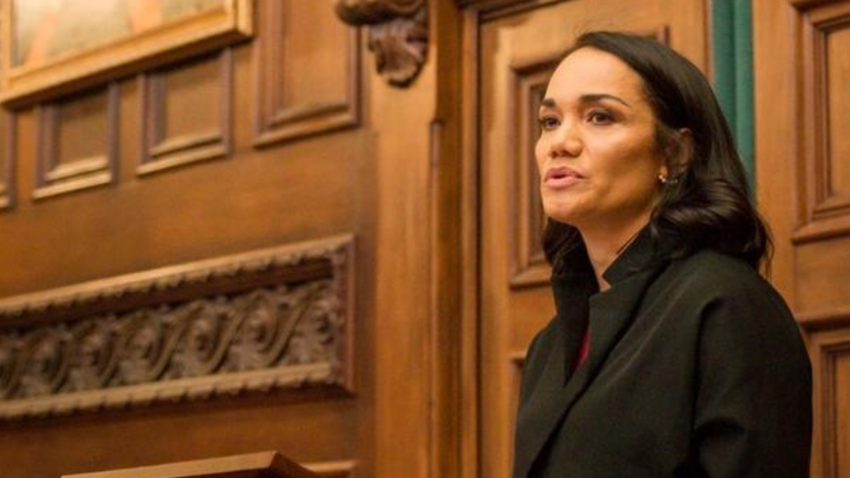
Pasifika History & Pride: Tiana Epati Named King’s Counsel
“This is a moment of enormous pride for our Pacific Legal Community. I want to acknowledge the many incredible Pasifika lawyers who serve our communities every day with empathy, kindness and humility. The path was paved by the courage and determination of pioneer Pacific lawyers, and I am deeply grateful to them.” – Tiana Epati
Former President of the New Zealand Law Society, Samoan Tiana Epati has been appointed one of just 12 new King’s Counsel — one of the highest honours in the legal profession.
Her appointment is a powerful moment of recognition not just for Tiana, but for the Pacific legal community in Aotearoa, honouring the pioneers who came before and lighting the path for the next generation of Pacific lawyers, leaders, and community advocates.
Tiana is the daughter of Judge Semi Epati, New Zealand’s first Pacific Island judge.…more
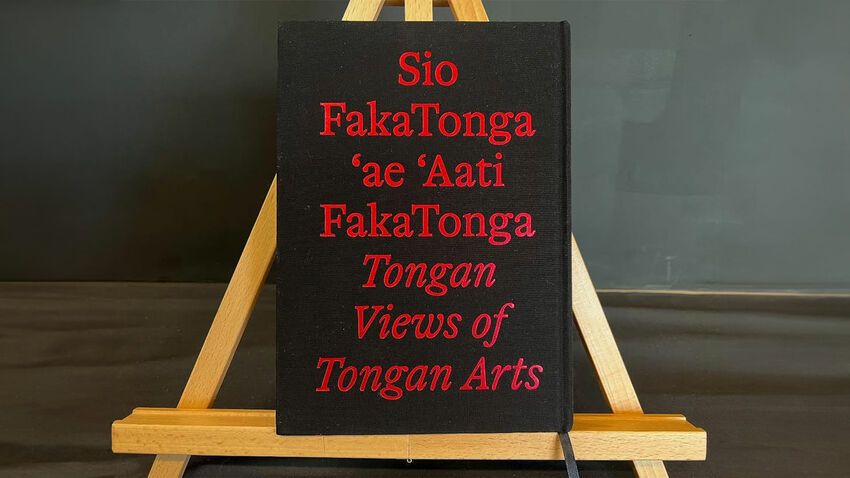
"Walking Backwards Into The Future" - Tongan Views of Tongan Arts
Faiva, tufunga and nimamea’a are all highlighted in a new book that celebrates Tongan art and artists.
‘Sio FakaTonga ‘ae ‘Aati FakaTonga – Tongan Views of Tongan Arts’ marks an important milestone in Tongan scholarship after an epic 13 years of research.
Launched at Māngere Arts Centre, the book brings together over a decade of work by three leading Tongan scholars: Professor Hūfanga He-Ako-Moe-Lotu Dr ‘Ōkusitino Māhina, Associate Professor Māui-Tava-He-Ako Dr Tēvita Ka‘ili, and curator Kolokesa Uafā Māhina-Tuai MNZM.
For 13 years, the trio researched, debated, and collaborated to produce a text that restores Tongan perspectives on art.
Rather than relying on imported definitions, Sio FakaTonga sets out how Tongans themselves have understood creativity, past, present, and future. It is the first book of its kind to present Tongan arts comprehensively through Tongan eyes, making it a landmark contribution not just to the arts, but to Pacific knowledge as a whole.
-
The book organises Tongan creativity into three long-established categories: faivā (performance arts), tufunga (material arts), and nimamea‘a (fine arts).…more
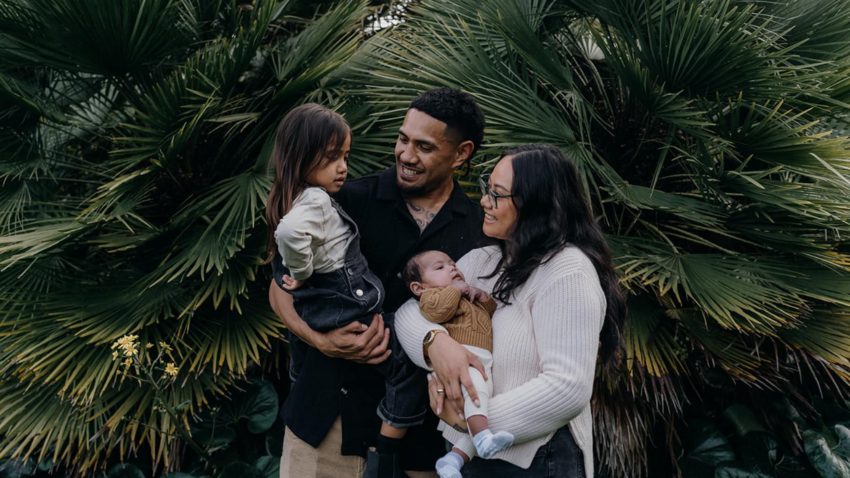
Built for This: A Pacific Mum’s Autism Story
I recently listened to a podcast that described parenting a neurodiverse child — or any child with a disability — as “Elite Sport Level Parenting.” As a Pacific mother raising a four-year-old on the spectrum, I can confirm: that description is spot on.
For the select few of us who have been blessed with neurodiverse kids, everything looks different. Birthdays. School performances. Family vacations. Even a quick trip to Pak’nSave. All of it takes more thought, more planning, more care — more mental load. Because our children move through a world that wasn’t designed with them in mind. But that’s okay. Because my son has parents who were made just for him.
That’s a sentiment echoed by many Pacific parents in Rochelle Nafatali’s thesis, “E lē Ma’i, o le Malosi!” (He’s Not Sick, He’s Strong!) — the first Pacific-led research project to explore the experiences of Pacific families raising autistic children in Aotearoa. Through talanoa and Pacific research frameworks, the voices of 15 parents revealed a collective truth: we are navigating uncharted waters, drawing strength from our culture, our families, and our faith.…more
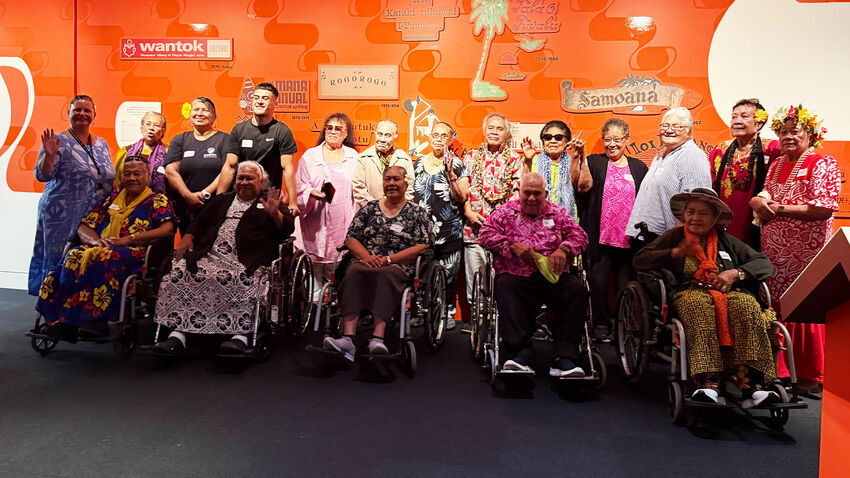
Eva Ma Le Koko: The Thursday Village Reconnecting Samoan Elders in Aotearoa
Every Thursday in South Auckland, laughter, prayer and Pacific music fill the room as a group of Samoan elders gather—not just to pass time, but to reconnect with each other and with the cultural rhythms of home.
The programme is called Eva Ma Le Koko, a space created specifically for Pacific seniors to socialise, move, and share fellowship in an environment rooted in culture and faith.
“Eva Ma Le Koko was born out of a deep love and calling to honour our Pacific Tina & Tama matutua—many of whom spent their lives serving their families, churches, and communities, often in silence and without recognition,” says co-founder Romana Fetu.
In Samoan, eva means to go out or be in the company of others, while koko refers to the traditional hot cocoa drink often shared during moments of storytelling and connection.…more

South Auckland’s New Playgrounds Are Bringing Communities Together
In a time when digital devices dominate children’s lives, revamped parks across South Auckland are proving that outdoor play is far from a thing of the past. Several long-neglected community spaces have been transformed into vibrant gathering places, drawing families out of their homes and strengthening neighbourhood ties.
Parks That Have Been Upgraded:
- Papatoetoe Recreation Grounds – Improved sports fields with better drainage and lighting, making them usable year-round.
- Aorere Park – A brand-new playground and outdoor fitness zone for all ages.
- Puhinui Domain – Newly planted fruit trees and revitalised green spaces to encourage community gatherings.
- Pearl Baker Reserve – State-of-the-art play equipment, upgraded basketball courts, and new volleyball courts.
- Toetoe-roa / Cooper Park – A fully modernised space featuring a new playground, learn-to-ride cycleway, and fitness equipment.
One of the biggest success stories has been Pearl Baker Reserve in Ōtara, a once-barren park that locals had long abandoned. Before the upgrade, the space was little more than an empty field, where nothing good really happened.
"Before, there was nothing here.…more
